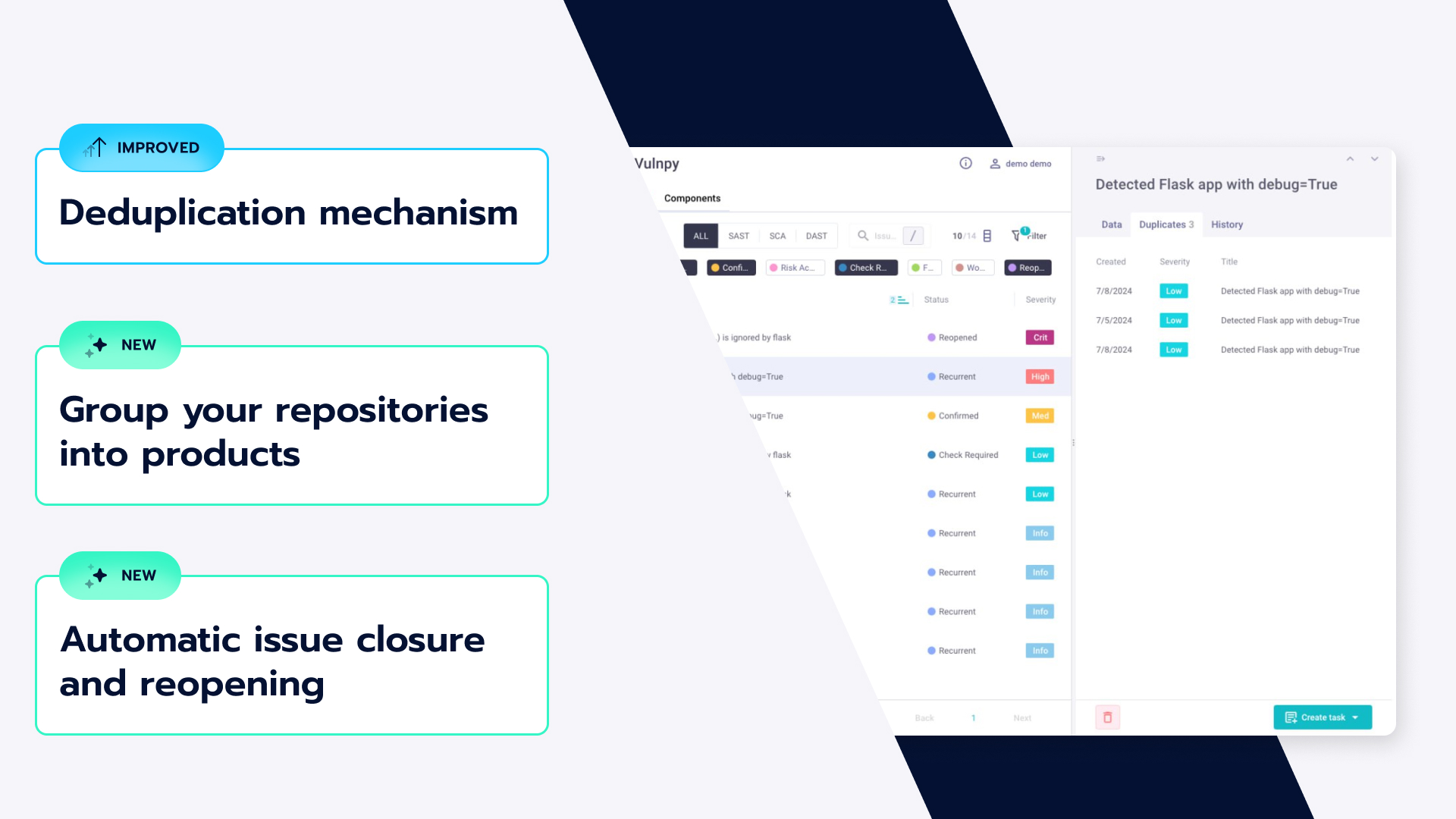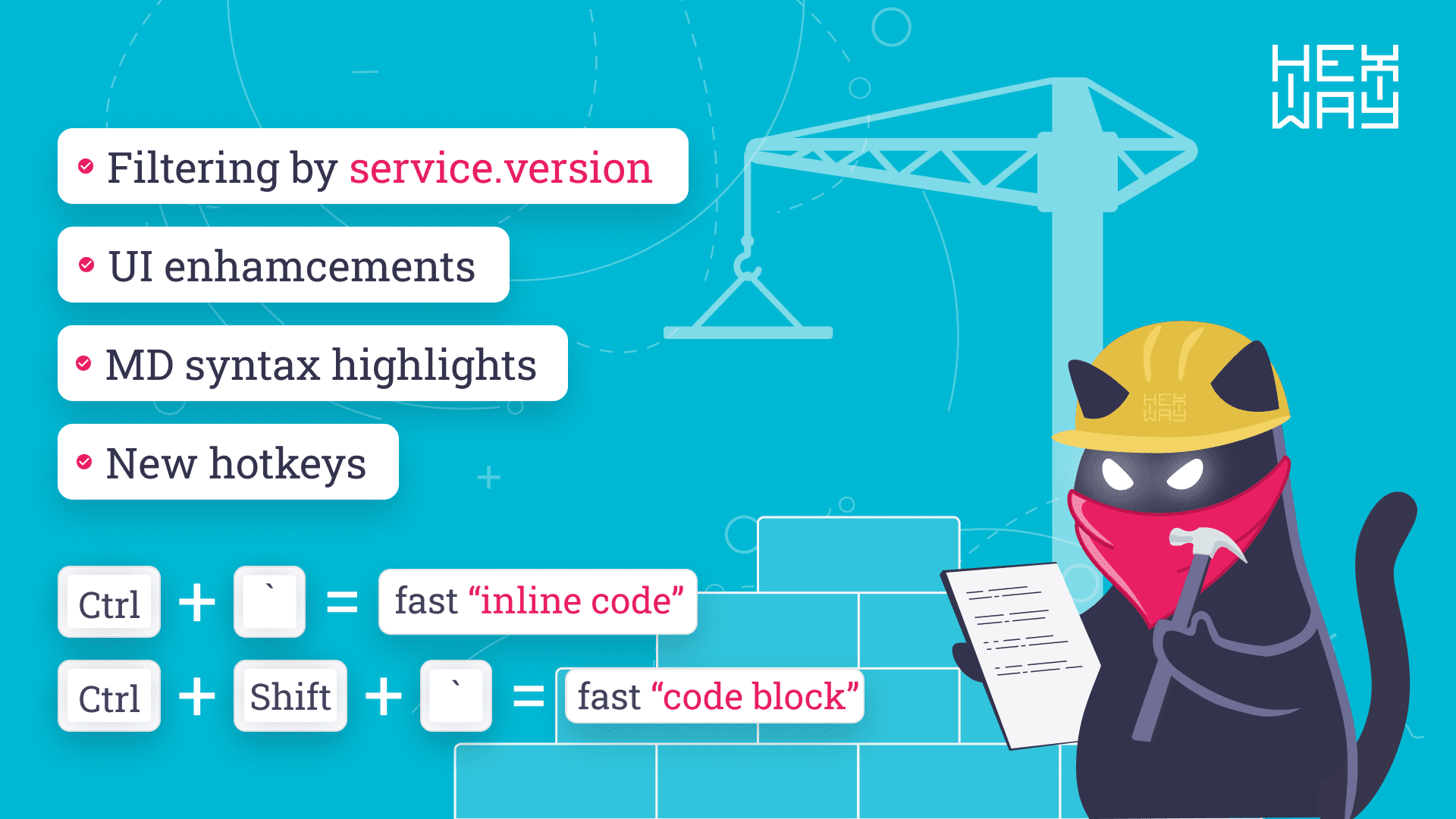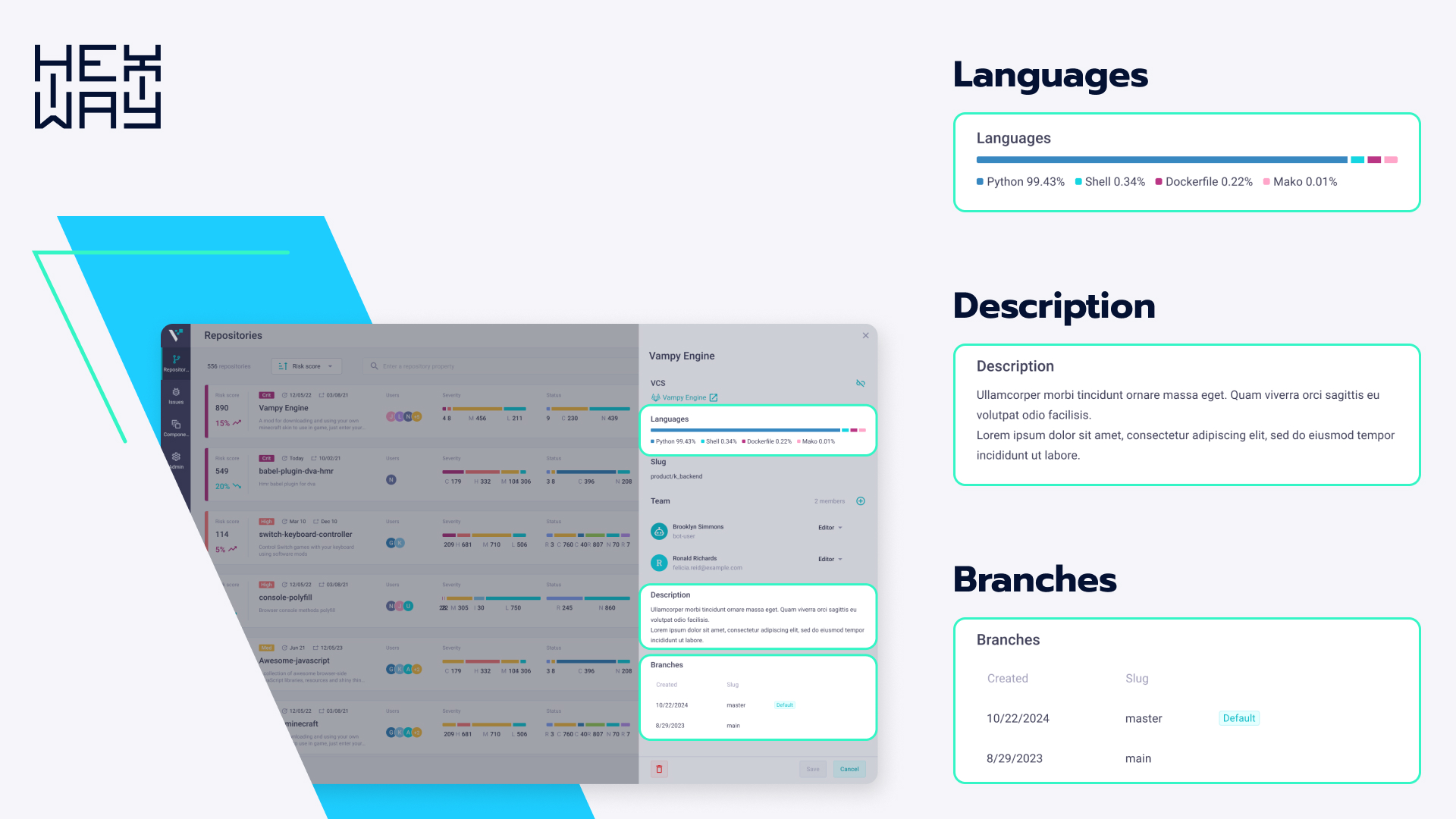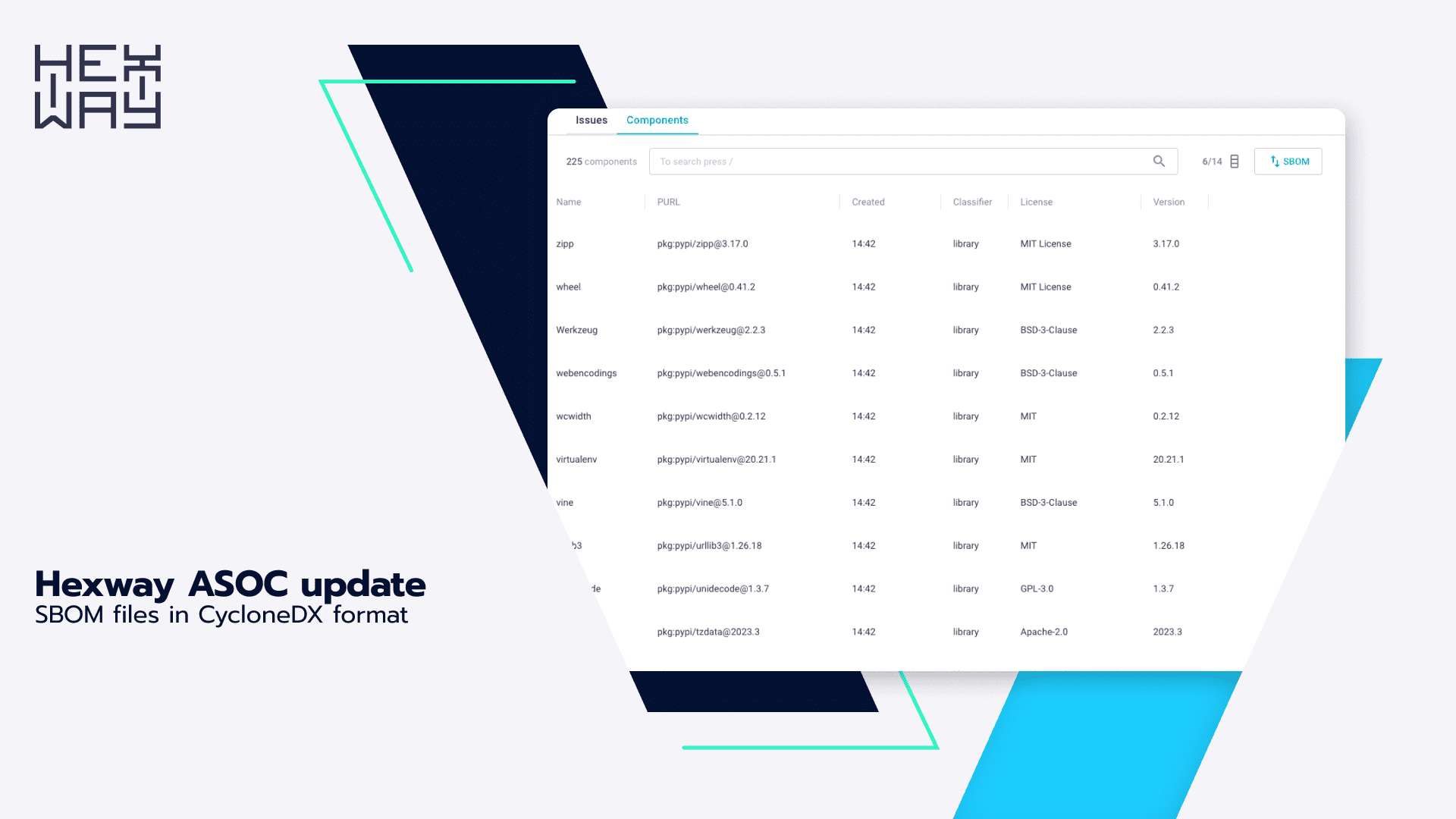What is Vulnerability Assessment and Penetration Testing?
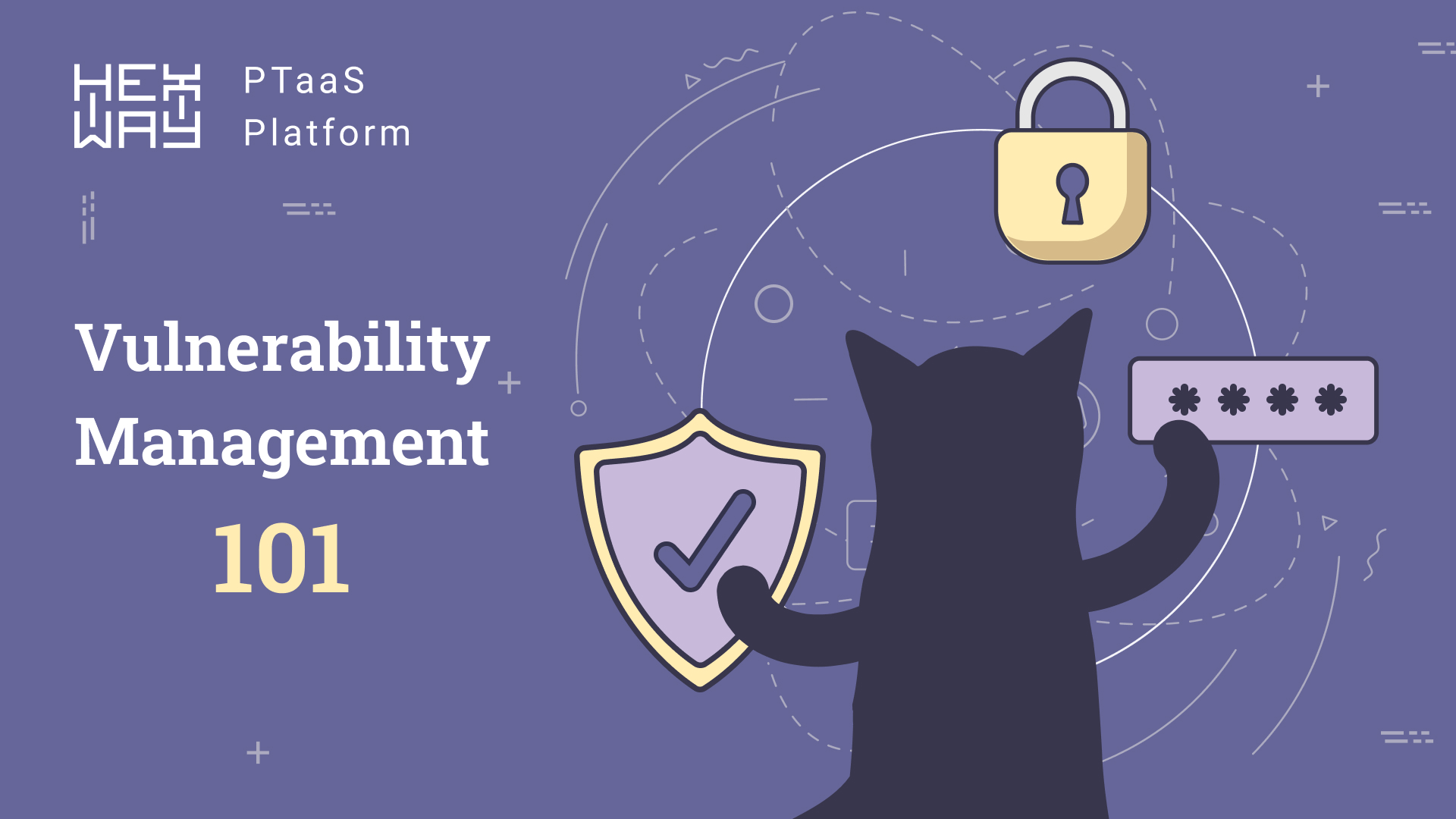
What is Vulnerability Assessment and Penetration Testing?
2021 was a booming year for cyberattackers. In many such attacks, they exploited vulnerabilities in enterprise networks to disrupt operations, access business-critical resources, and even steal sensitive data.
One such high-profile incident was the attack on Kaseya’s virtual systems/server administrator (VSA) software in July 2021. By exploiting a vulnerability in this software, hackers deployed a ransomware attack that affected thousands of businesses.
The Kaseya attack was by no means an isolated incident. The situation will likely get worse in the coming years, with some experts saying that the cyberattacks' frequency, variety, and intensity will increase in 2022 and beyond.
As cybercriminals get smarter, organizations continue to be at risk of devasting cyberattacks that can disrupt their operations, lead to data theft, damage their reputation, and even result in regulatory fines. To stay safe and protect their assets, they must proactively identify and fix the security vulnerabilities in their enterprise ecosystems. And they need to do this in a continual, consistent, and systematic fashion.
Here's where vulnerability management comes in.
This brief blog explores the meaning of vulnerability management and why it should be a critical element of every organization’s cybersecurity program.
What is Vulnerability Management?
Gartner calls vulnerability management a “critical security process”. An effective vulnerability management program empowers organizations to reduce the size of their attack surface and thus minimize the probability of a successful cyberattack.
Proactive vulnerability management is a systematic, ongoing process of identifying, assessing, remediating, and reporting on security vulnerabilities in the enterprise IT network.
Vulnerabilities are security weaknesses that may allow threat actors to attack the enterprise, compromise its resources, or steal its data. Common examples include:
- Broken authentication
- Cross-site scripting (XSS)
- SQL injections
- Security misconfigurations
- Cross-site Request Forgery (CSRF)
- Other bugs
Vulnerability management aims to protect the network and its assets from exposure, threats, and attacks.
What does a Vulnerability Management Program Include?
Vulnerability management is not just about reactively patching vulnerabilities after they appear. It’s also much more than a simple vulnerability assessment which is a short-term effort to find existing vulnerabilities. Vulnerability assessment is actually a part of a larger, ongoing, and cyclical vulnerability management program.
Vulnerability management is about proactively surveying the entire IT ecosystem to find vulnerabilities and fix them before they can lead to cyberattacks or data breaches. It provides a comprehensive set of tools, technologies, and processes to identify, prioritize, and address vulnerabilities that may lead to a serious cyber-attack or a crippling data breach.
To achieve these goals, the organization’s cybersecurity personnel will:
- Create a comprehensive asset inventory
- Use vulnerability scanners and penetration tests to find vulnerabilities on these assets
- Evaluate the risk and severity of each vulnerability to decide whether it should be:
- Remediated so it can’t be exploited by a malicious actor
- Mitigated to lessen its impact if it is exploited
- Accepted without taking any action, since it is low-risk or because the cost of mitigation is expected to be higher than the cost of a possible exploitation
- Continuously monitor the attack surface to find and fix vulnerabilities as they appear
- Create a strategy to effectively respond to a security incident
- Report on open issues and provide recommendations to strengthen the organization’s long-term security posture
The Evolution of Vulnerability Management
Until the early 2000s, cybersecurity incidents were usually sporadic and fairly small-scale. But massive attacks over the next few years created a need for a comprehensive system to track, assess, and remediate security vulnerabilities. This led to the development and widescale adoption of vulnerability management techniques, tools, and frameworks. The creation of the U.S. National Vulnerability Database (NVD) was an important step in this regard
The National Institute of Standards and Technology (NIST) created the NVD in 2005. This database synchronizes with the publicly-known Common Vulnerabilities and Exposures (CVE) List built and maintained by MITRE since 1999. Together, the NVD and CVE enable organizations to track and assess vulnerabilities, and prioritize them based on their risk score.
In 2000, one year after the CVE’s creation, it contained just 1,020 vulnerabilities. By the end of 2010, this number had quadrupled to 4,653. And by the end of 2021, 4,653 had increased X5 to 20,142.
In recent years, the frequency and scale of security incidents have increased massively. Clever cyberattackers have even “weaponized” the NVD to use its vulnerability data along with automation and machine learning technologies to launch offensive attacks against organizations.
All of this has necessitated changes in the previous haphazard approach to vulnerability management. The result is a more formal approach in which vulnerability management is a must-have in organizations’ cybersecurity programs.
Conclusion
As the cyber threat landscape expands, organizations need robust vulnerability management programs to reduce their cyber exposure and risk of cyberattacks. Vulnerability scanners and penetration tests are at the heart of such programs.
These tools and processes enable organizations to assess their security posture and take proactive action to find and fill security gaps – ultimately strengthening the organization’s ability to resist attacks.
One of the best ways to identify and mitigate enterprise vulnerabilities is continuous penetration testing with the help of Penetration Testing as a Service (PTaaS). Fast, scalable, and efficient – PTaaS offers a modern-day solution to modern-day cybersecurity challenges.
To know more about PTaaS — talk to the Hexway team. Either way, check out Hive and Apiary – two cutting-edge Red and Blue team workspaces designed for security-conscious organizations.



